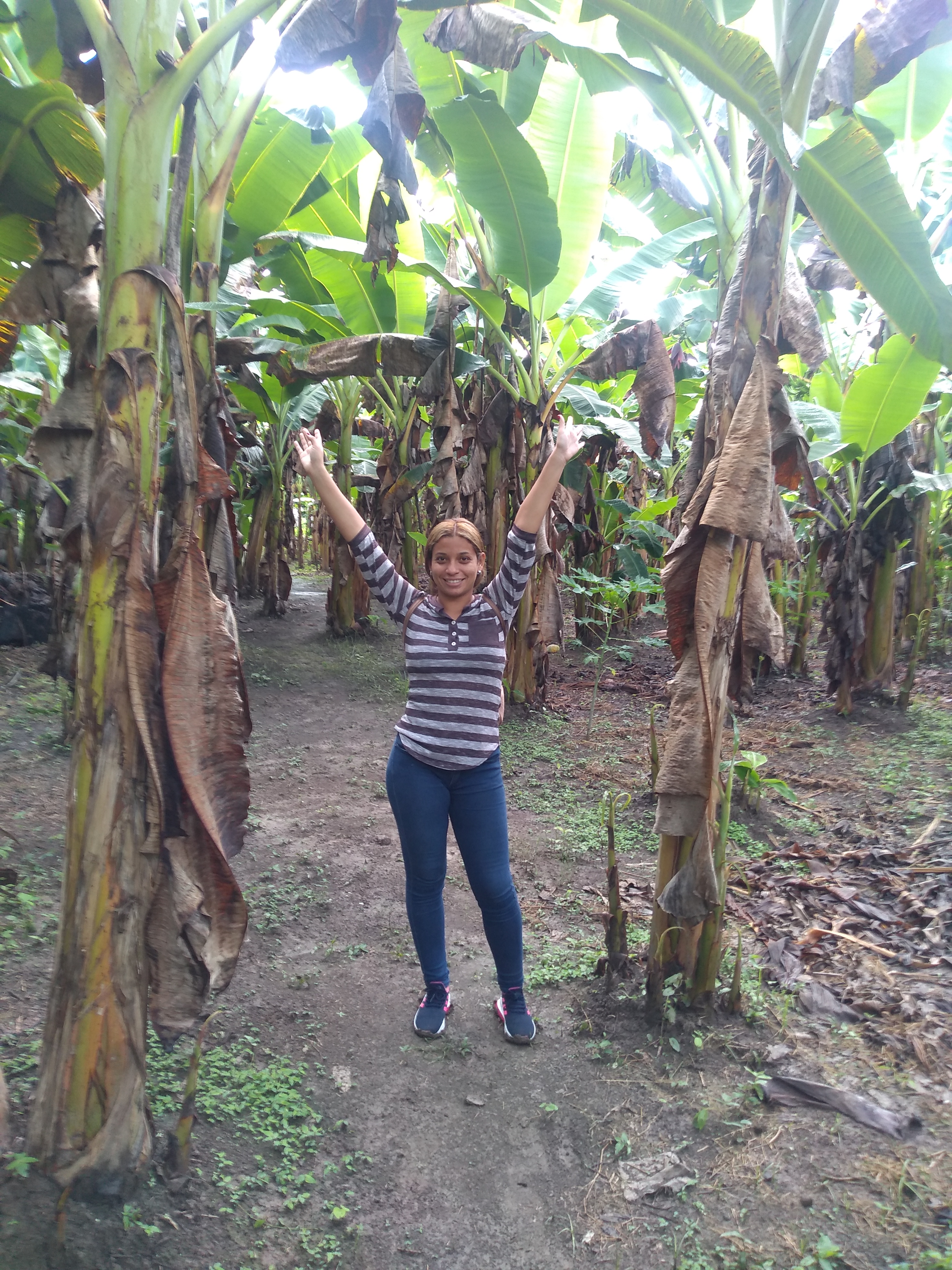The Musa genus as a synonym of Sustainability.
Of the Musa genus and Musaceae family, which are almost 50 species of megaforbs and have to be confusing taxonomy. Among the dozens of hybrids that Musa has are those known as banana, Musa acuminata, Musa balbisiana, and Musa paradisiaca.
These herbaceous plants are of Asian origin and have a pseudostem from foliar pods.
In their description it can be added that they are perennial plants, almost always of large size, scarcely woody. Its subway stem is rhizomatous where its large leaves grow, its spirals are arranged in spiral forms and tight to each other, thus integrating the false trunk. Its large leaves are simple, entire with sheath and petiole. Its flowers are hermaphrodite, whose fruits are abayed or capsular, being these about 100 tropical species.
There are species that create seedless fruits, approaching the vegetative way. The rhizome is responsible for producing one or more shoots that will replace the mother when she dies. This will be after the formation of its fruits.

This group of vegetables produces the most consumed intertropical fruits in the world, which are plantain, banana, banana, banana, minimum, cambur, topochos, ripe or guineo.
This false berry grows in clusters up to 400 units and with 50 kilograms of weight, turns yellow when ripe, being at this point is sweet and fleshy, contains large amounts of fiber, carbohydrates, potassium, vitamin A, vitamin C and tryptophan.
This fruit is considered as one of the fruits that contains the highest amount of calories, this is because of its high starch content.

These Musa species are cultivated in more than 130 countries, starting from Southeast Asia, through Oceania and ending in South America.
The main world producer is India, where most of the production is for domestic consumption. Ecuador does export to other countries and is also one of the major producers, with a total of 28 million tons of fruit per year, two thirds of which is from South America.
The production of bananas and plantains is surpassed only by wheat and rice, which means that in the market these fruits are very important for human consumption.
In Colombia, Ecuador, Mexico and Venezuela, bananas are not only used for human consumption, but also for animal feed.
Recommended Bibliographic Reference
[1]Musa
[2]Musa paradisiaca

Congratulations @anyelina93! You have completed the following achievement on the Hive blockchain and have been rewarded with new badge(s) :
Your next target is to reach 1750 upvotes.
You can view your badges on your board and compare yourself to others in the Ranking
If you no longer want to receive notifications, reply to this comment with the word
STOPTo support your work, I also upvoted your post!
Check out the last post from @hivebuzz:
Oh wow.
I love high calories foods.
I eat bananas a lot here in Nigeria.
Thanks for sharing with us.